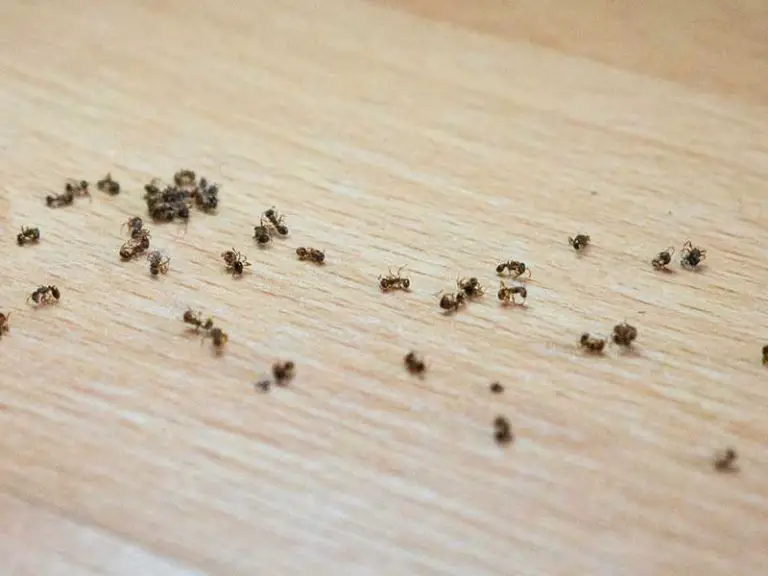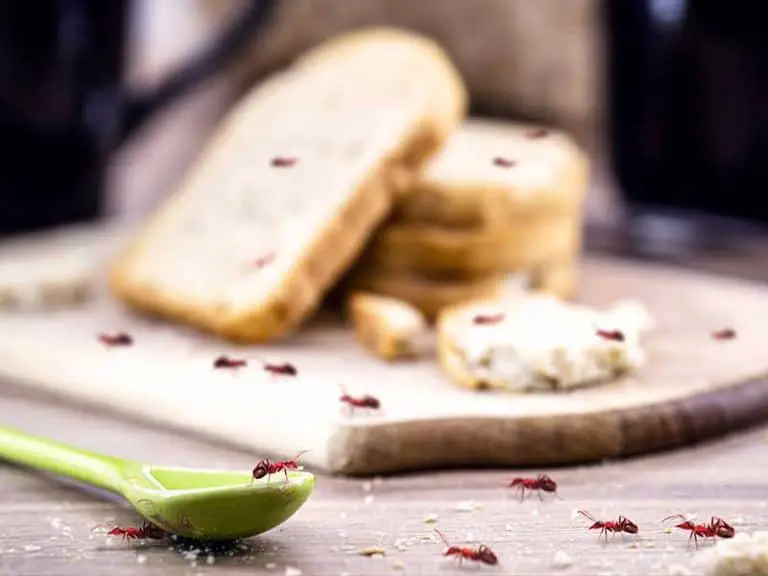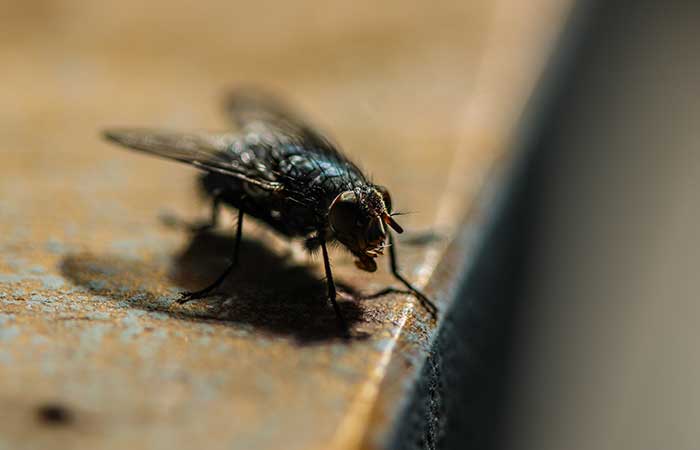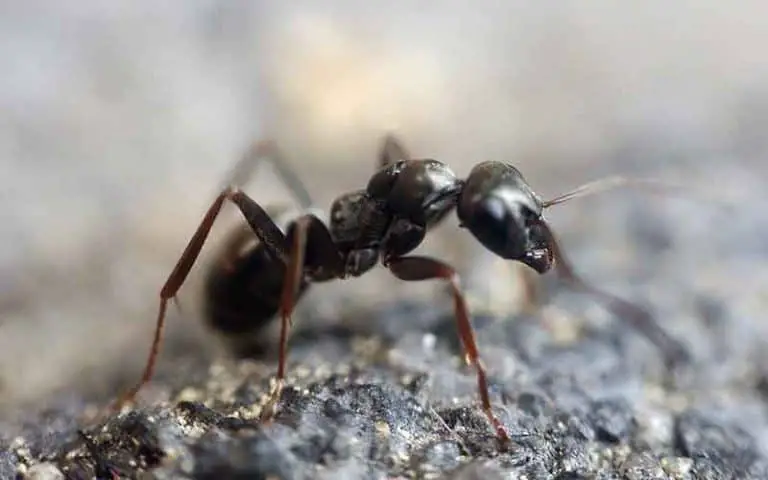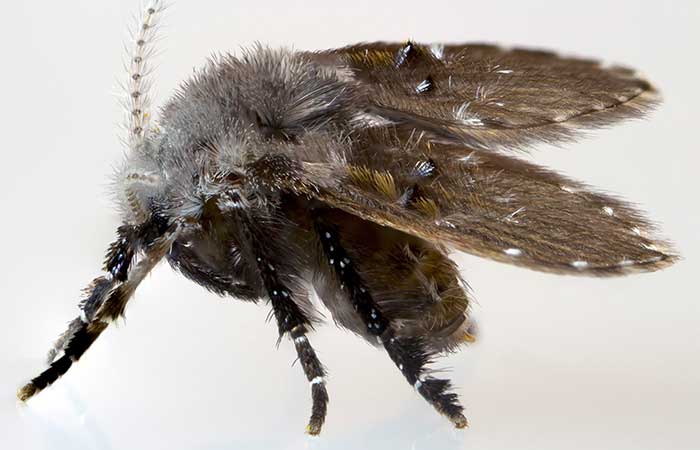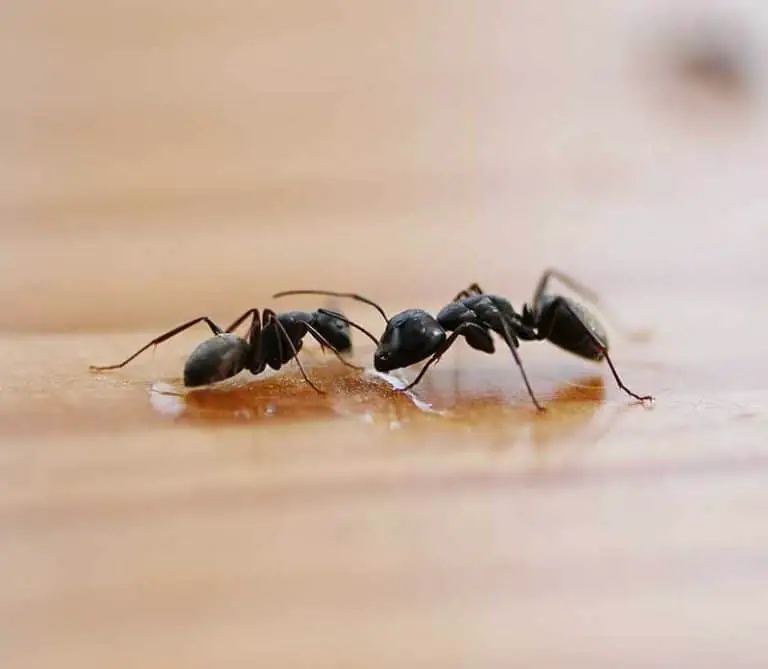How to Get Rid of Crickets
Crickets are seen as pests by many because they carry diseases such as E.coli and salmonella, which can be transmitted to humans through contact or ingestion of food exposed to cricket feces. Cricket waste also carries worms that can cause skin sores if you come into contact with them, so it is imperative that you get rid of these critters immediately if they invade your home.
When cricket season starts, it is important to prepare for the invasion. There are a variety of ways that you can get rid of them depending on how far you want to go with your pest control plan.
Some people prefer pre-made traps or more natural methods like molasses as bait; others choose easy solutions such as bug sprays and chemicals if they need immediate relief from their infestation problems. However you decide to tackle this problem, there will always be an option just right for your individual situation! Read on to find out the various methods of cricket pest control.
What Are House Crickets?
Firstly, it’s good to know what we are dealing with and whether you really have a cricket problem in your home. House crickets are a type of cricket that was introduced to the United States from Europe and has now been found all over; however, they mainly live in areas east of the Rocky Mountains.
House Crickets are loud chirpers and they are so-named for being known to invade your home. They’re only about ¾ -⅞” inches long, but their antennae are usually longer than the rest of their body. Adult house crickets are light yellowish brown in color with three dark crossbands on their head. Their voice is a chirp, and they can produce up to 190 calls per minute! The male house cricket rubs his back legs together in an attempt to attract a female mate, which can make them seem even louder!
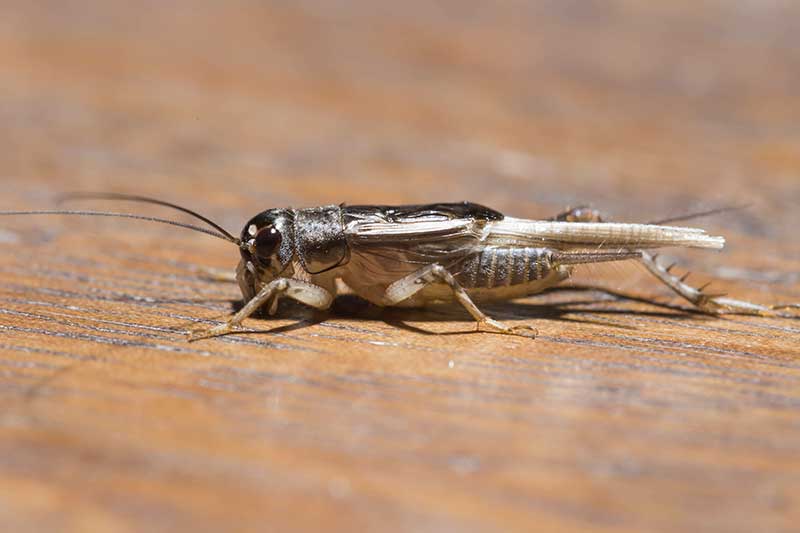
Sounds of crickets can be heard all year round. The average lifespan for a cricket is 90 days and they typically reside in warm places like kitchens, basements, fireplaces, or cracks and crevices behind baseboards.
They are small insects that make chirping sounds when the temperature rises above 68 degrees Fahrenheit (20C). Crickets have three long antennae on top of their head which enables them to sense movement from predators as well as detect sound waves emitted by other crickets during mating season.
House crickets are nocturnal creatures who hide and sleep during the day in dark, warm, and humid places until they can come out to feed at night. They like to be on vertical surfaces like walls or poles outside your house where their bodies will absorb heat from the sun all day long so that it’s a little warmer for them when nighttime arrives.
What Do House Crickets Eat
House crickets feed on dead or live insects, including other house crickets. Indoors they can feast on fabric like clothing and carpet made of natural fabrics such as wool, cotton silk and synthetic fibers that have been soiled with perspiration are especially attractive to them.
How To Know if You Have A Cricket Infestation
The first sign of a cricket infestation is usually seeing them in your home. But what about those times when you suspect they’re there but don’t see any?
That’s where the other signs come into play – including hearing that distinctive “chirp.” Whether or not these insects are scurrying around under your feet, the unmistakable sound of their mating calls can be enough reason alone to presume you have been invaded.
You may also look out for infestation signs such as corners of your furniture looking like they’ve been chewed, frayed, and rough. This means that crickets have potentially been taking a bite of your fabric!
Be sure to also keep an eye out for cricket eggs. They are small, elongated rice grain shaped and could become a big problem if they hatch! These rice-sized yellowish eggs are elongated and hard to see, so take a good close look around areas they may lay.
How to Get Rid of Crickets
With the cooler temperatures of autumn, cricket infestations usually become a problem. In order to keep them out of your home or business through winter and spring, there are some inexpensive things you can do to remove them or prevent infestation;
Bug Spray
The same bug sprays that are used to kill other insects can also be effective against crickets. Spraying this all-purpose spray near windows and openings of your home will prevent them from coming in, as well as killing their eggs if they’re laying on the ground nearby. Kids and pets should always be kept away from areas where insecticide bug spray has been applied.
Insect Traps
Try using sticky traps to catch house crickets. Be sure not to put them in areas that people walk and make contact with on a regular basis, as they will get stuck there too! The best place to leave them is in kitchens or basements where crickets like to hide.
DIY Molasses Trap
The next time you experience a cricket infestation, try this clever trick from the days of old. Mix up some molasses and water in a shallow bowl to make your own homemade bait for these pesky bugs – crickets are attracted by its sweet smell. Once it is mixed together well enough, place it in an area where crickets have been spotted before so that once lured into the trap with their nosey attitude towards sweetness, will drown when falling headfirst into your mixture!
Empty the bowl often and replace it with a new solution to attract the remaining crickets until you are satisfied that they have all gone.
Chemical Bait
Chemical bait is perfect for catching crickets. This kind of bait works similarly to molasses, but it’s poisonous! Make sure that your pets and children stay away from the chemical because they can get hurt if they come into contact with it.
Diatomaceous Earth
You can use Diatomaceous Earth (DE) around your baseboards and wall crevices to help get rid of crickets. DE has the advantage of being non-toxic, so you don’t have to worry about getting sick from it. Out of all the different tools you can use to control crickets, this one is probably one to use alongside other cricket control methods for an added layer of protection.
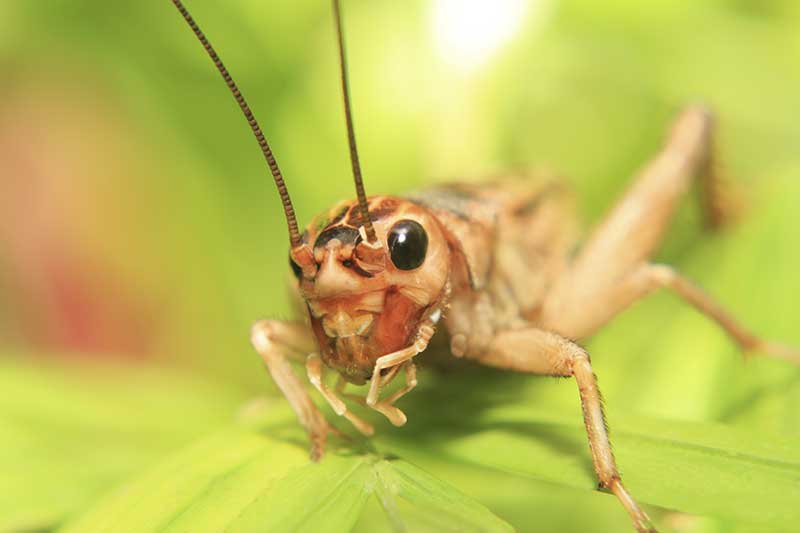
Make Sure Crickets Don’t Come Back in Your Home
Here are some tips to prevent crickets from returning to infest your home;
- Vacuum all carpets and rugs thoroughly, and seal the vacuum bag with filters in a plastic bag before discarding it outside of your home. If you have reusable vacuums or pumps that use disposable bags, wash them to remove any eggs on them after each time they are used.
- Seal up windows and doors appropriately – caulk around window edges and look for any gaps in weather stripping around the front, back, and patio doors. Check brickwork or siding for any possible gaps and fill these in.
- Fix any tears in window screens and screen doors – even the smallest hole can act as a wide-open invitation to these critters!
- To avoid attracting crickets, keep your trash cans clean and tightly closed. Crickets are drawn to scents from the garbage!
- Keep your compost, woodpiles, and mulch piles at least 20 feet from the home to avoid attracting crickets and other pests.
- Keep your lawn trimmed low and the ground cover vegetation minimized.
- A good natural insecticide dust is a great way to fight bugs. Apply it in and around the perimeter walls of your house for complete coverage.

